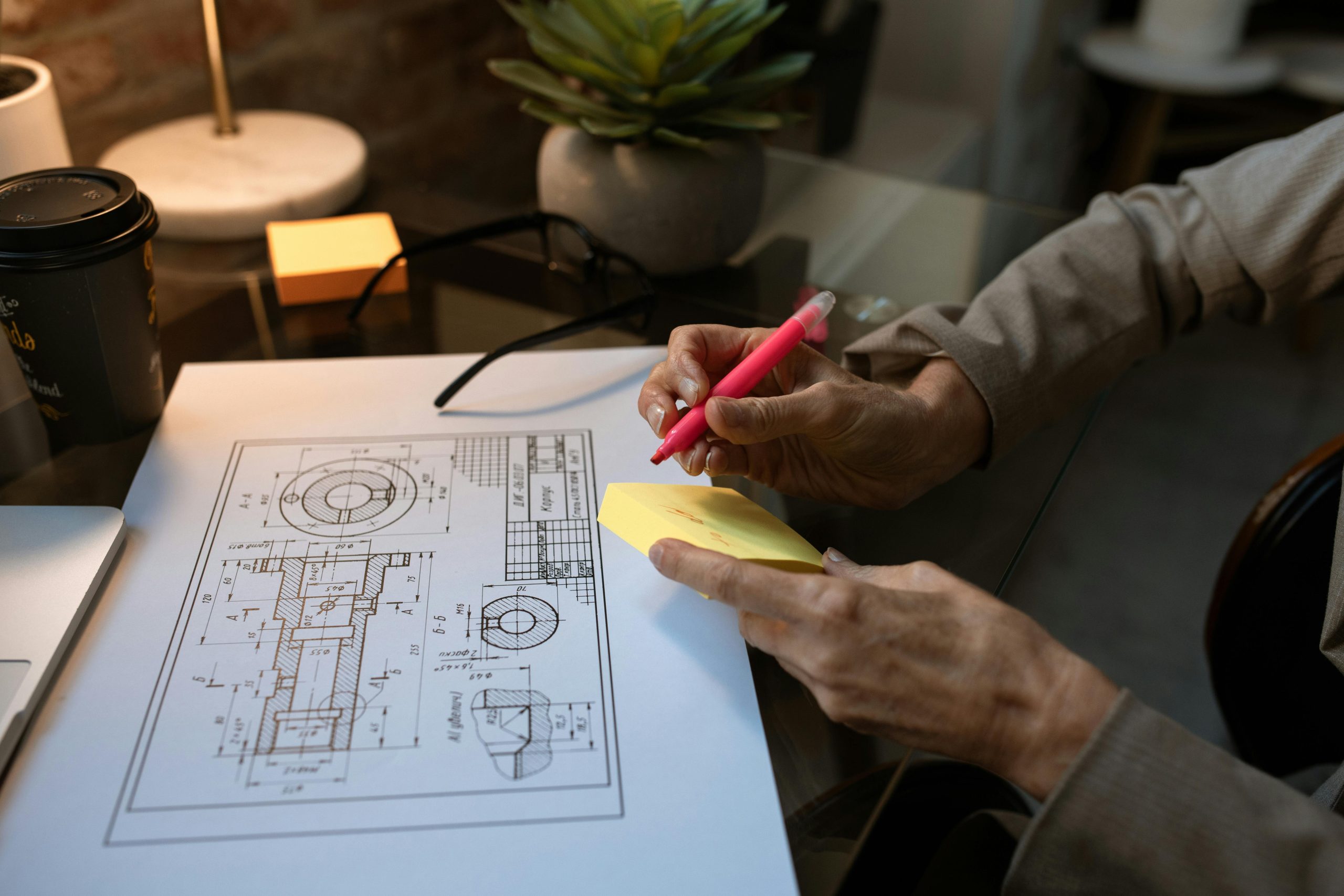Addressing Excessive Heating in the LOQ Laptop: Ensuring Longevity and Optimal Performance
As technology enthusiasts, we all want our laptops to perform at their best while maintaining longevity. Recently, I acquired the LOQ gaming laptop powered by an Intel Core i7-13650HX processor and an NVIDIA RTX 4060 GPU. Since April, I’ve been experiencing some thermal challenges during gaming sessions that raise concerns about the device’s long-term health. In this post, I’ll share my observations and seek advice on managing excessive heat to preserve the lifespan of this powerful machine.
Usage and Thermal Observations
The laptop is primarily used for gaming, particularly for titles like Kingdom Come: Deliverance 2, with gaming sessions lasting approximately 2-3 hours. During these periods, thermal readings can reach up to 80°C for both the CPU and GPU. The GPU operates at or near 100% utilization during demanding scenes, while the CPU fluctuates between 40-60%.
While some warmth near the fan area and the upper row of function keys is expected, I’ve noticed that the keyboard area, especially around the space bar, becomes uncomfortably hot — sometimes to the point of being difficult to touch comfortably. This localized heating raises concerns about potential long-term effects on the device’s internal components.
Attempted Solutions and Persistent Issues
To mitigate the heat, I experimented with undervolting the GPU using MSI Afterburner, reducing the clock speed to 2600 MHz without noticeable performance degradation. This adjustment decreased GPU temperatures slightly from around 83°C to 79°C, but the heat around the space bar remains significant.
Moreover, benchmark tools like 3DMark Vantage have identified the laptop’s thermal status as “Hot,” which further solidifies my concerns. Despite using a laptop stand, which improves airflow, the core issue persists.
Seeking Effective Thermal Management Strategies
Understanding that excessive heat can impact hardware longevity, I am eager to explore effective ways to lower thermals. Some potential avenues could include:
- Optimizing fan speed settings for better cooling
- Applying high-quality thermal paste or ongoing cleaning of vents
- Using external cooling solutions such as dedicated cooling pads
- Adjusting in-game graphics settings for reduced power draw and heat output
Given that I am transitioning from traditional PC gaming, I’m less familiar with how to best manage thermals on a laptop. I would appreciate any insights or proven tips from experienced users or professionals that could
Share this content:

